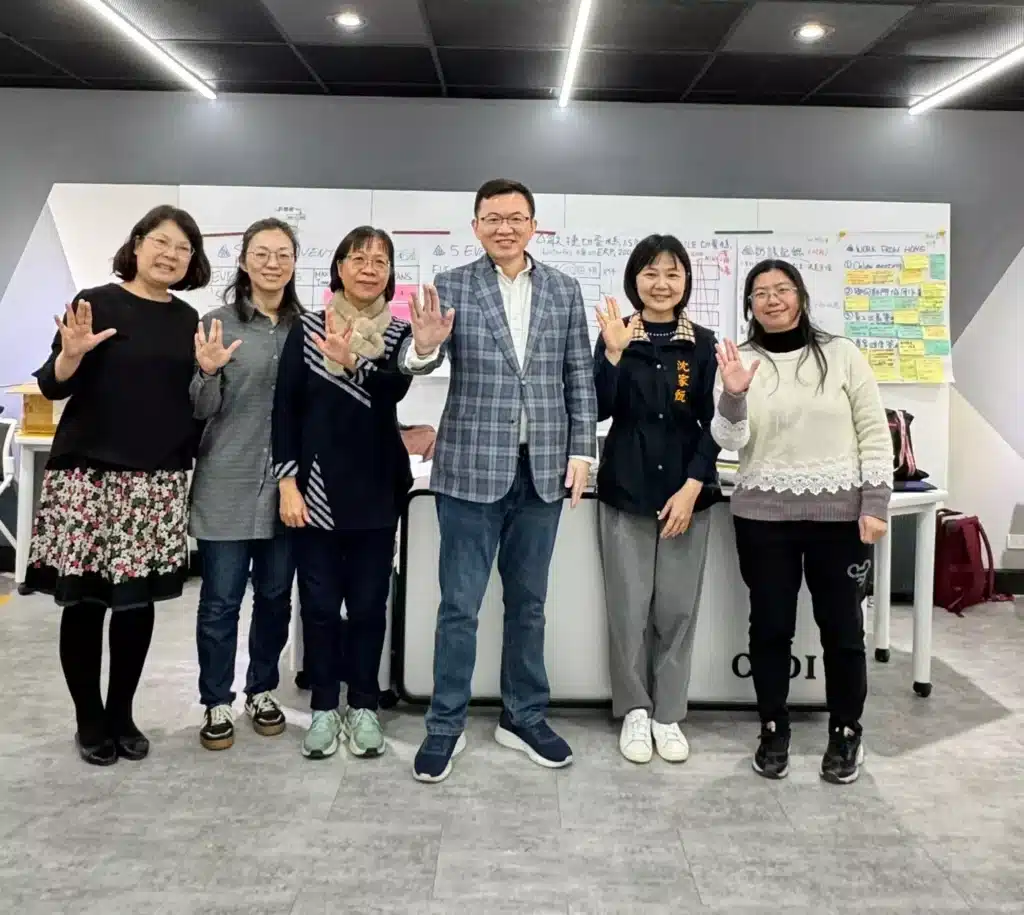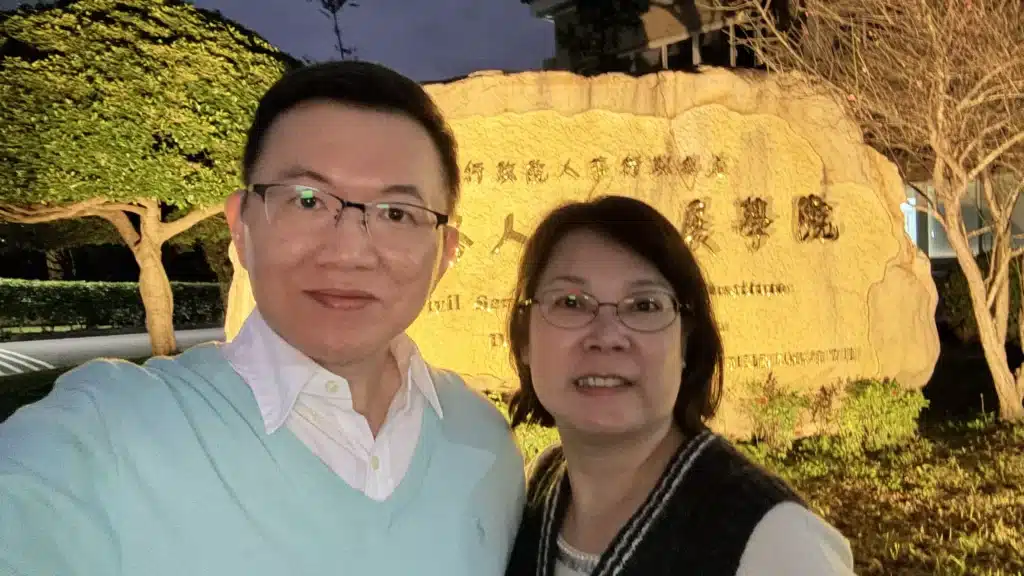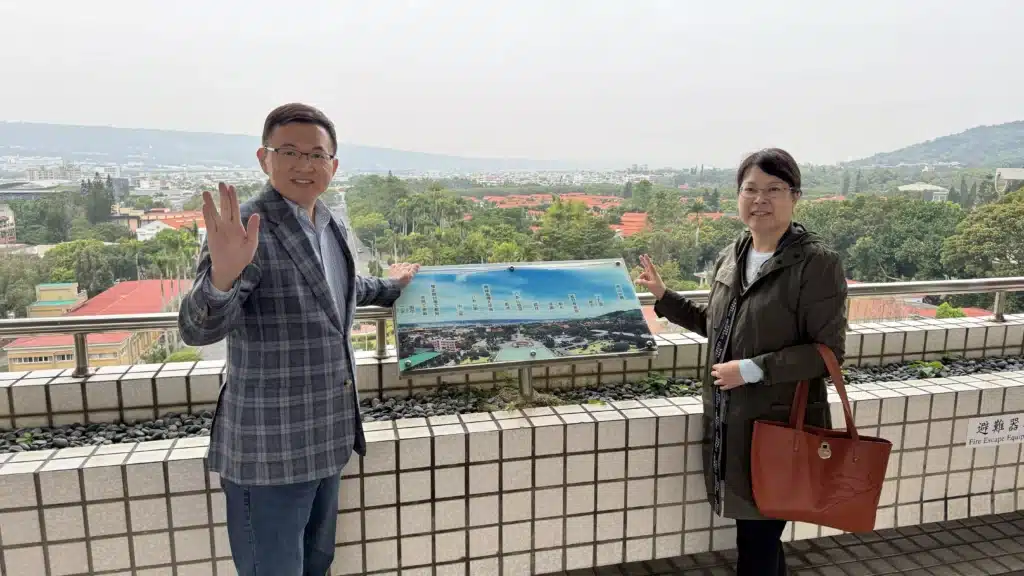In my CEO-CSM mission, there has long been a vision to promote the development of civil servants into CSM (Certified ScrumMaster). However, in the past, very few civil servants have actually attended the CSM course, with the only one completing the course being Director Li Youping. Director Li had already studied CSPO ten years ago and became a CEO-CSM in 2023. He successfully applied Agile thinking to the management of the River Bureau, and as a result, won the runner-up award for the 2024 Global Top Agile CEO Award.
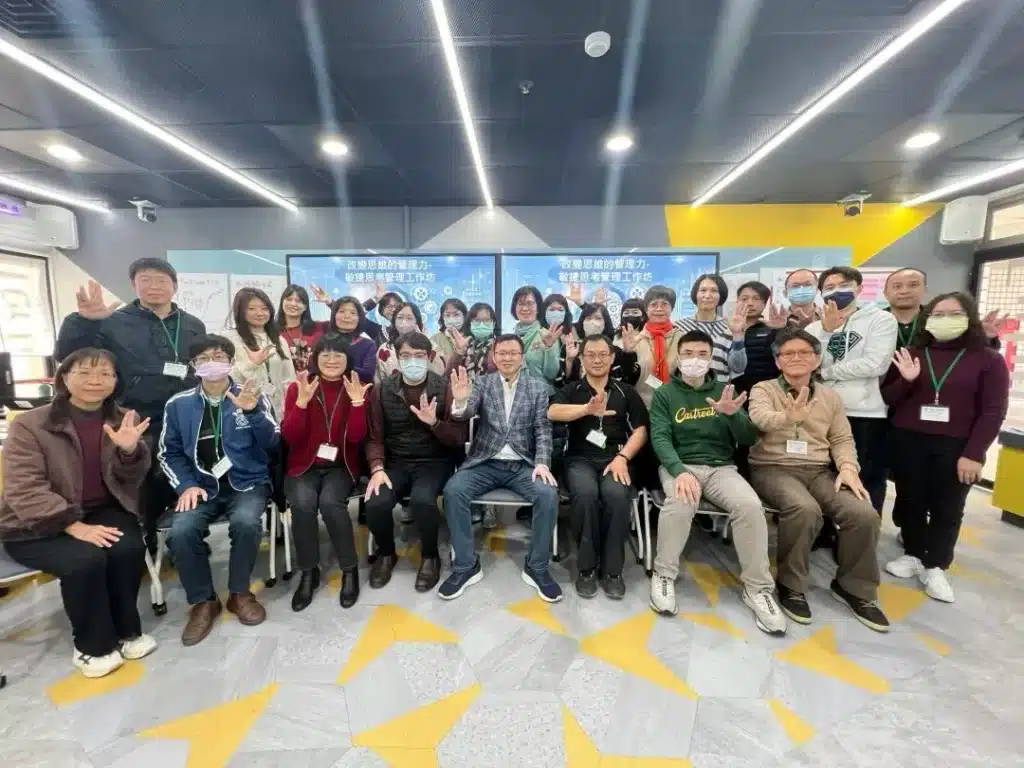
The opportunity for introducing CSM (Certified ScrumMaster) in the public sector
In 2024, I was invited to the National Human Resources Development Institute to conduct a six-hour Agile workshop, where I met Section Chief Lin Meizhu. Through this interaction, I realized that the demand for Agile in the public sector was even more urgent than in private enterprises. As a result, I proactively proposed to the institute the idea of offering a two-day CSM course, enabling public servants to obtain the CSM certification.
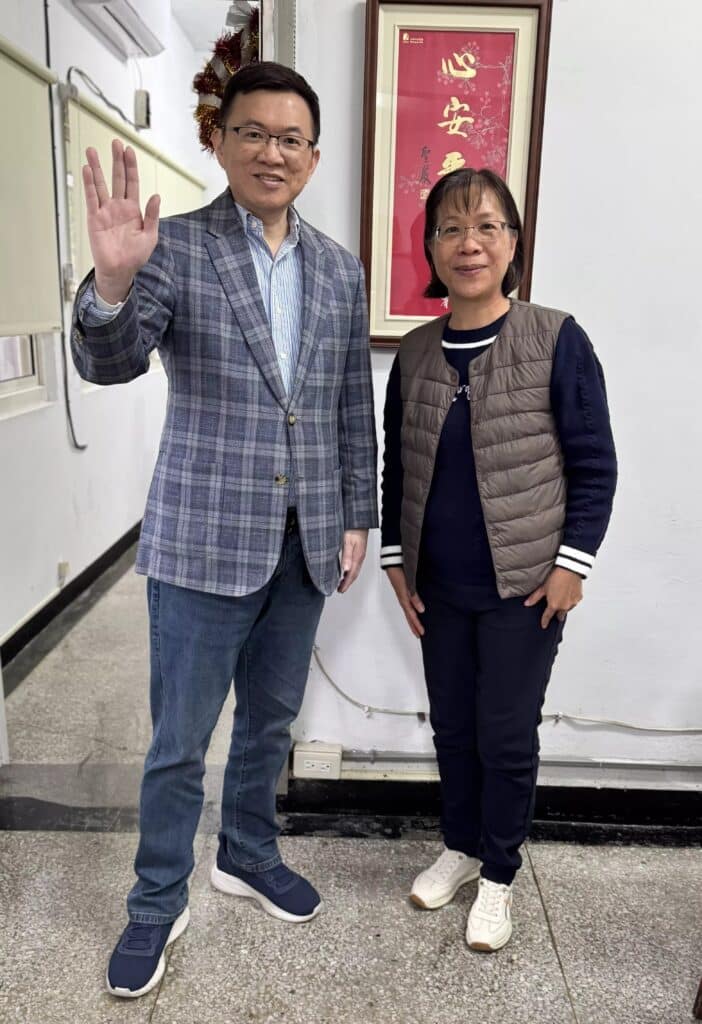
However, due to budget constraints within the national government, there was no funding available for the exam. Therefore, we adopted a “self-selected exam” approach, allowing participants to decide whether they wished to take the CSM exam. The proposal was officially presented in July 2024 and received strong support from senior leadership at the Civil Servants Development Institute. In early February 2025, after the Lunar New Year, we welcomed the first batch of CSM courses for public servants. These public servants, though not at the Senior Executive level, were at the Recommended Appointment level, with most participants being mid-level civil servants (Levels 7 to 9).
Note: The three main ranks of public servants are as follows, and the distinction between these ranks helps ensure the smooth operation of hierarchical management and promotion systems in the public sector.
- Senior Appointment (High-level Civil Servants) – Ranks 10 and above (10-14 ranks): Mainly responsible for high-level decision-making and leadership positions, such as ministers, deputy ministers, and bureau chiefs.
- Recommended Appointment (Mid-level Civil Servants) – Ranks 6-9: Serve in middle management positions, such as section chiefs, specialized committee members, and executive secretaries.
- Appointed (Entry-level Civil Servants) – Ranks 1-5: Carry out entry-level duties, such as clerks, assistants, and staff officers.
Agile Learning Challenges for Mid-level Civil Servants
The promotion system for civil servants is quite strict, divided into three ranks, with each stage requiring years of advancement. The Recommended Appointment level is equivalent to the managerial to department director level in private enterprises, primarily responsible for the practical implementation of various units. Therefore, this course is not only a standard CSM training but also an Agile workshop specifically tailored to the public sector system.
To make the course more practical, I designed five major case studies that allow participants to solve real-world problems during the class:
- Digital Transformation and Cybersecurity Challenges: A local government implemented a “Digital Government Plan” to introduce online public service systems and digital processes, but due to a cyberattack, sensitive data was leaked, causing a loss of public trust. Participants need to analyze how to strengthen cybersecurity and establish crisis management mechanisms.
- Aging Population and Public Service Pressure: Due to an aging population, there is a shortage of personnel in grassroots healthcare and social services, leading to a decline in public service efficiency. Participants must think about how to integrate resources, improve service quality, and reduce the burden on human resources.
- Public Works Delays and Budget Overruns: A city’s infrastructure project faced delays and budget overruns, resulting in media criticism and questioning from the council. Participants need to explore how to strengthen project management, ensure timely completion, and develop strategies for addressing social pressures.
- Disaster Response Plan Execution Issues: A typhoon severely impacted a region, and due to poor communication between departments and delayed resource mobilization, disaster relief efficiency was low. Participants need to study how to improve cross-department coordination mechanisms and strengthen disaster response capabilities.
- ESG Policy Promotion Challenges: The central government required local governments to implement ESG (Environmental, Social, and Governance) policies, but due to a disconnect between local needs and policy directions, implementation has been difficult. Participants need to consider how to balance central guidance with local needs to make the policy truly effective.
These five case studies help participants apply Agile thinking to real-world problems. In the afternoon of the second day of the course, they will present concrete solutions for each case, gaining hands-on experience with the high-efficiency value of Agile.
How Civil Servants Can Adapt to Agile Culture
What surprised me was that they didn’t simply compare themselves to the public sector; instead, they directly benchmarked their performance against private enterprises. This sense of urgency drove them to actively learn Agile and think about how to enhance their own value.
In addition, the classroom facilities for this course were among the most advanced environments I’ve ever taught in. Each group of participants was equipped with a 65-inch touch-screen whiteboard, which saved on the use of posters and sticky notes and could also serve as a screen.
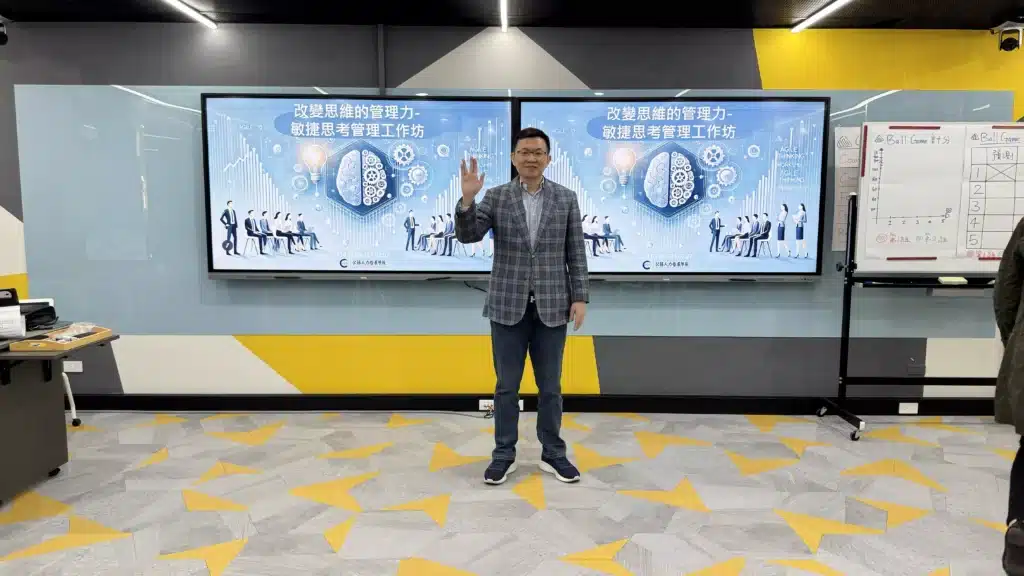
Since the participants were divided into four groups, with each group sitting around a circular table, not everyone could see the whiteboard from the front. However, if they were facing away from the instructor, they could use the group’s touch-screen whiteboard to view the instructor’s presentation, creating a 360-degree immersive learning experience.
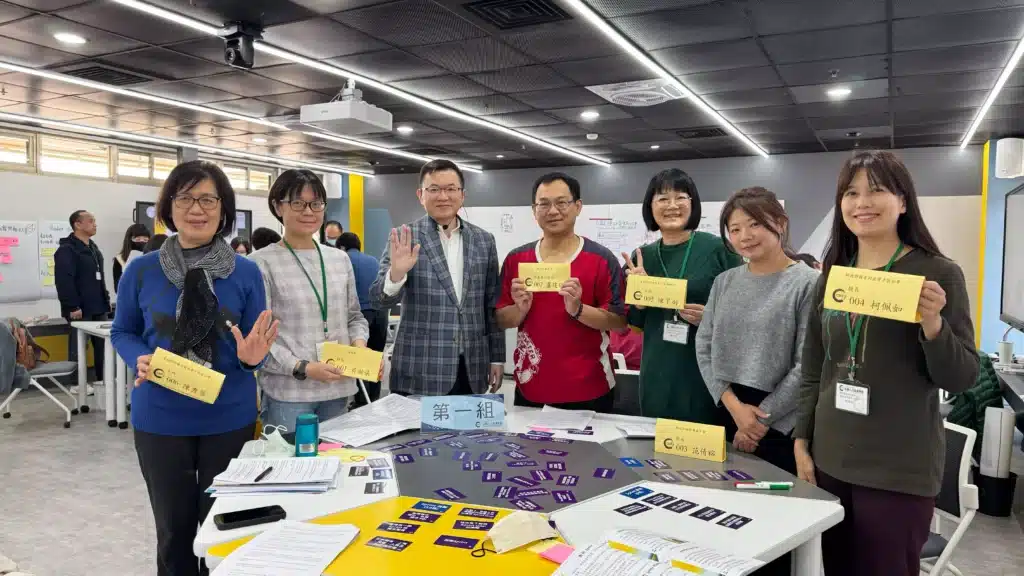
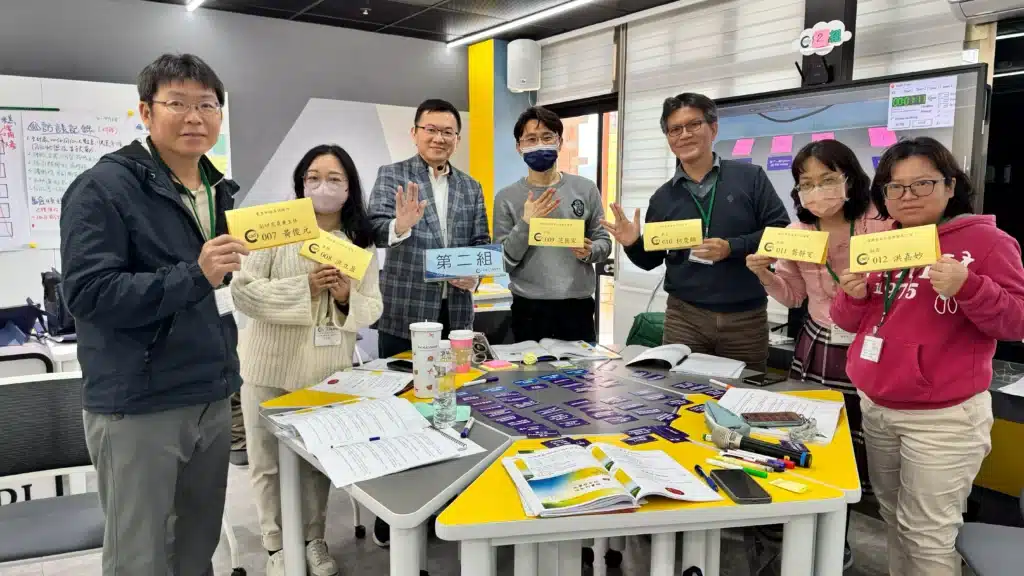
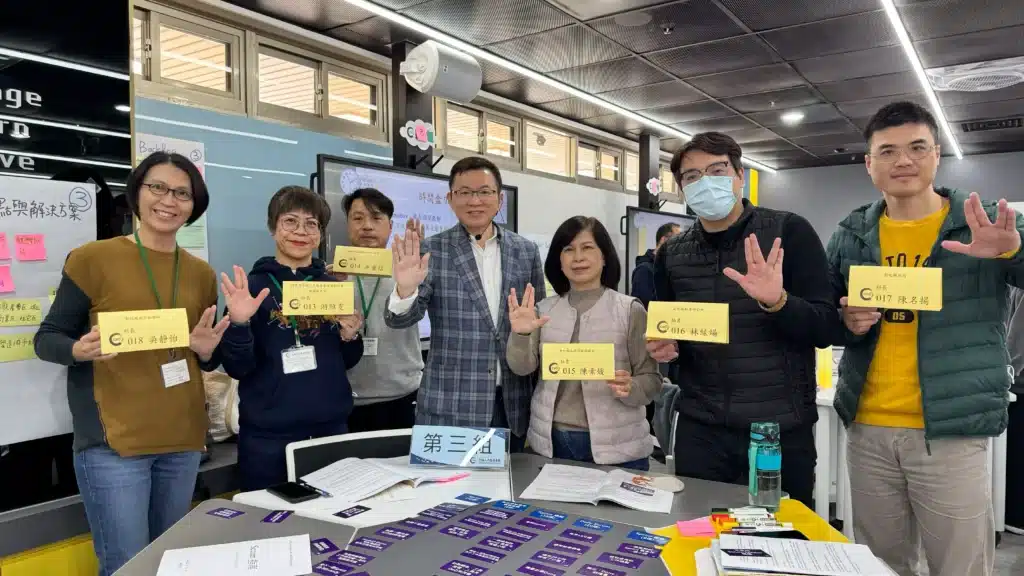
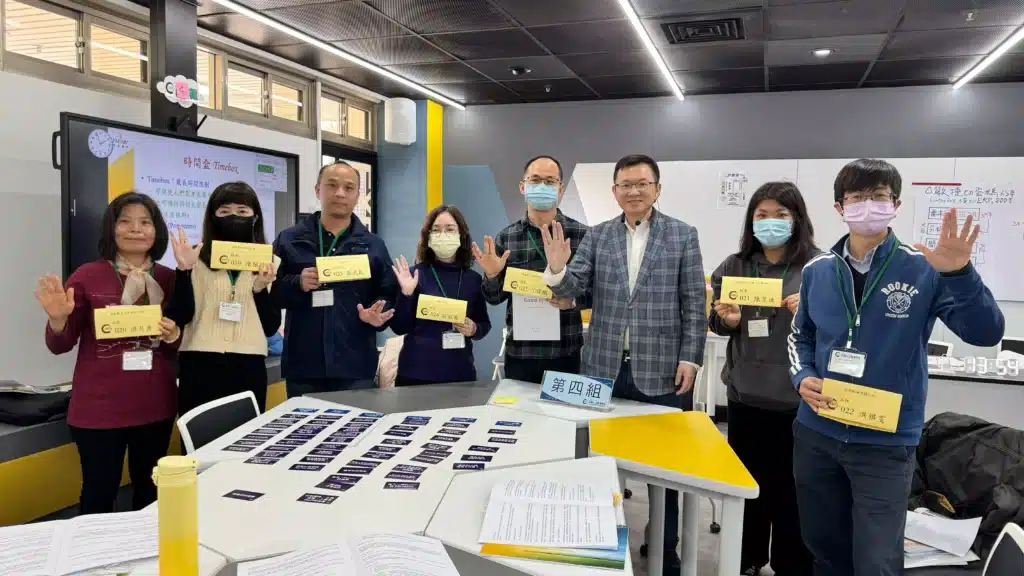
Future Outlook: Agile Development in the Public Sector
This course was an “experimental class,” and while it may be limited to the first batch, it could potentially continue with more specialized classes if the feedback is positive. According to the post-course satisfaction survey, the overall rating for the first two days reached 9.4, with more than half of the participants expressing interest in self-financing to obtain the CSM certification.
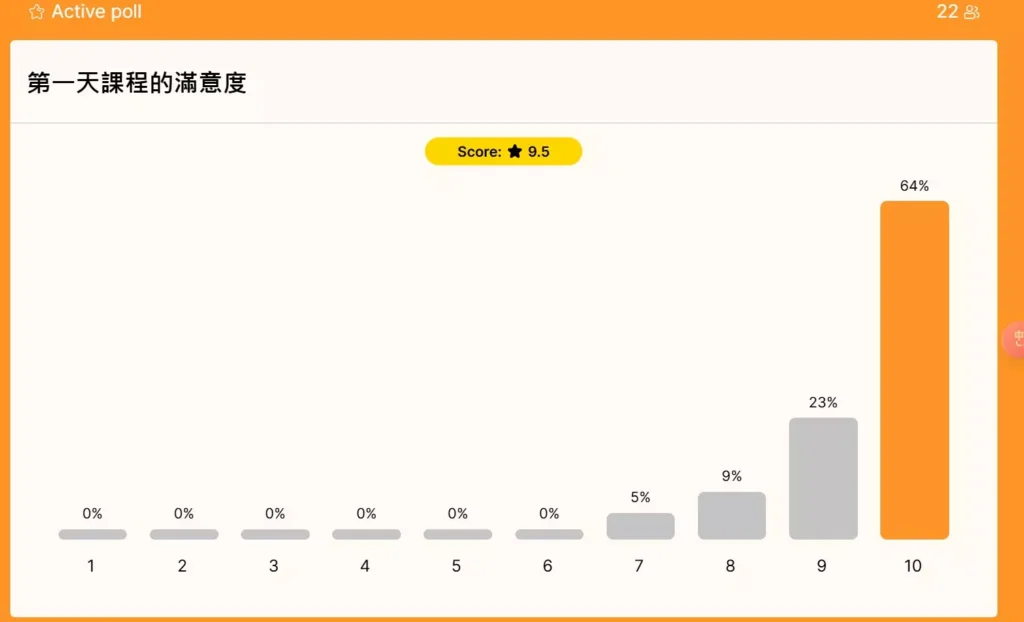
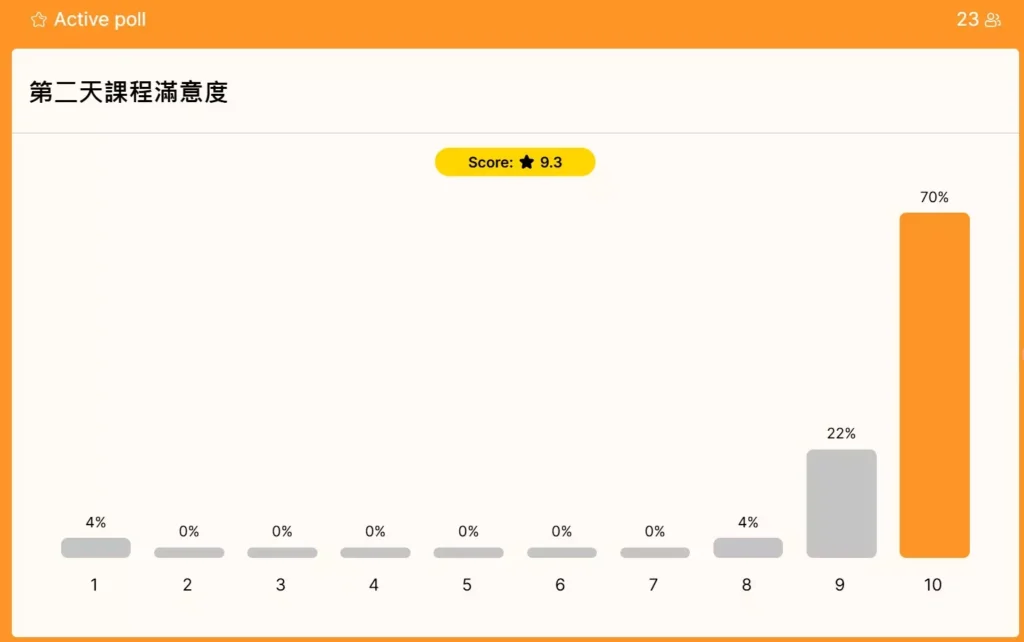
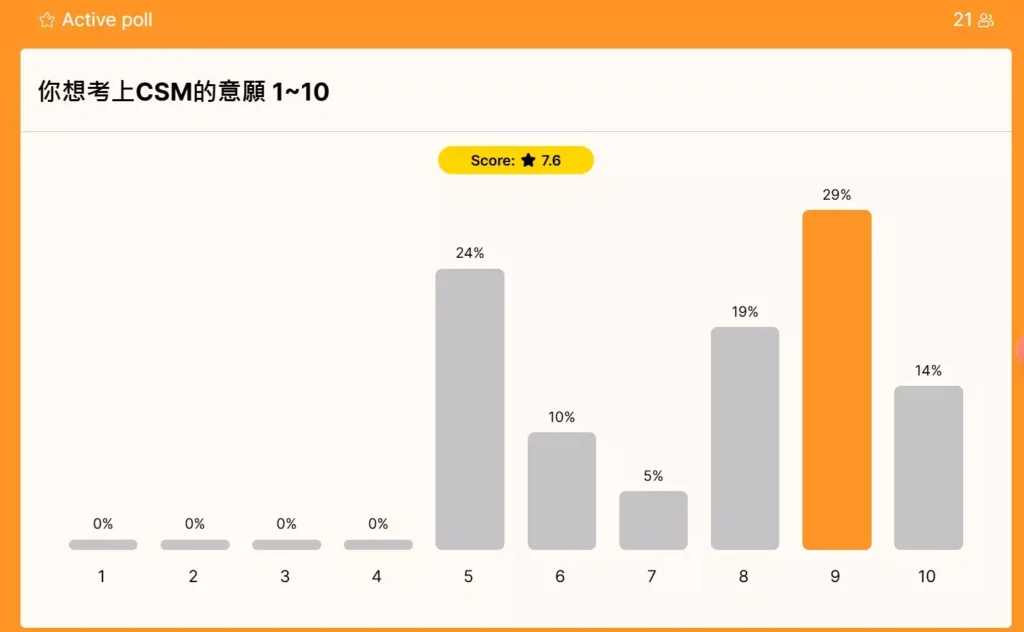
If the program can expand to more areas of the public sector in the future, I hope to witness more successful cases, such as:
- National Disaster Prevention and Rescue Technology Center (NCDR) Adopts Agile Project Management: In 2014, with the assistance of the government IT team, NCDR adopted Agile project management to develop the “Mobile Disaster Survey App.” Through short iterations and continuous delivery of results, development efficiency was significantly improved.
- Ministry of Transportation Agile Issue Development Workshop: The Ministry of Transportation invited the Ministry of the Interior and various departments to participate in an Agile workshop, utilizing global data analysis cases and cross-organizational brainstorming to discover more beneficial public services for citizens.
- Large-scale Agile Applications and Success Case Sharing: Agile expert Roger Chou shared large-scale Agile application cases, exploring how different organizations implement Agile to improve project execution efficiency and service quality.
Finally, a heartfelt thank you to the hardworking support staff
The successful completion of this Recommended Appointment CSM class truly owes a great deal to every one of our hardworking support team members: Li-Hsiu, Jiazhen, Xiaoting, Yixuan, and Section Chief Meizhu. From preparing the venue and arranging materials to coordinating various tasks, without your meticulous care and effort, the participants would not have been able to learn so smoothly. While you may not have been in the spotlight, every detail bears your hard work, and it has not gone unnoticed—it’s deeply appreciated by all. Thank you for your dedication, which made this training a great success! I hope we have the opportunity to collaborate again in the future. Once again, I salute you all.
